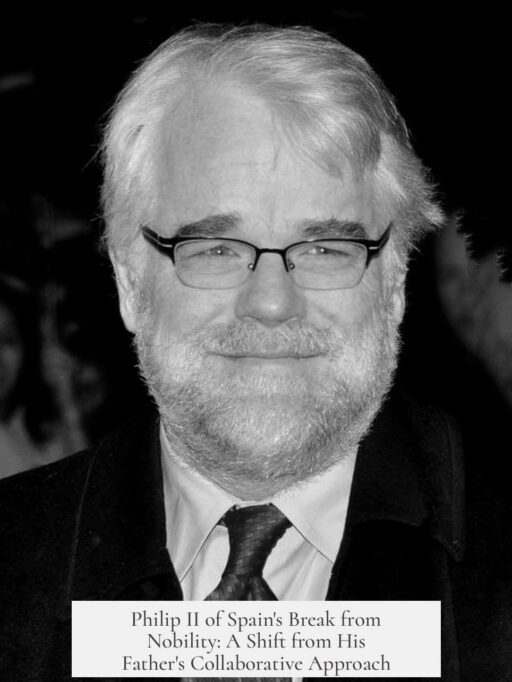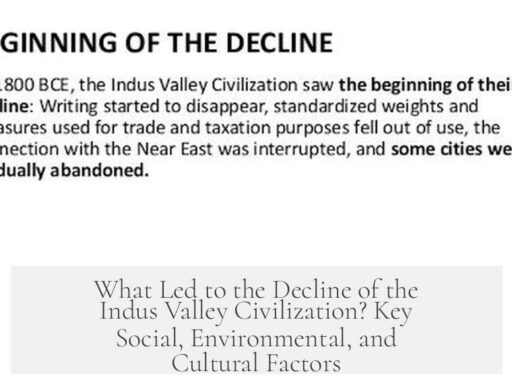Philip II of Spain abandoned working together with the nobility, unlike his father Charles I, because he chose to centralize power in a professional government system, believing this approach offered stronger control and efficiency. His father, Charles I, worked closely with the nobility, building alliances from experience managing widespread uprisings and internal conflicts. Yet, Philip II saw a centralized regime as superior, preferring councils staffed by nobles with advisory roles rather than shared power, thereby limiting the nobility’s direct influence.
Charles I faced significant internal uprisings during his reign. Notably, violent revolts like the Guerra de las Comunidades de Castilla and the Germanías de Valencia involved key Spanish regions such as Castile and Aragon. These rebellions, some occurring in the heart of Spain, tested Charles’s ability to maintain order. His collaboration with local nobles played a crucial role in suppressing these revolts. The nobility served as intermediaries, contributing troops and local influence, which Charles relied on to stabilize his rule.
However, not all these revolts had clear aims or effective coordination. The Comuneros revolt, for example, was fragmented and lacked a cohesive agenda. Different cities pursued contradictory goals, weakening the rebellion. Charles I’s experience working with nobles gave him insight into managing such unrest through alliances and shared governance, allowing him to balance local power with royal authority.
Philip II, in contrast, matured in a political environment where Spain had expanded into a sprawling empire. Raised chiefly in Spain, he preferred a uniform administrative structure rather than fragmented local powers. He designed a system of councils, including a Council of State, staffed by high nobles but limited to advisory roles. This shift concentrated decision-making in the king’s hands, minimizing traditional noble autonomy. Consequently, Philip II personally controlled policy and governance, reducing the nobility’s ability to influence or counterbalance royal edicts.
This centralization came with challenges. Although councils allowed nobles to participate, their powers were curtailed. Philip often found that his authority faced resistance from local assemblies and lords, who retained significant influence and sometimes defied his decrees. Such limitations illustrate the tension between the centralized monarchy Philip pursued and entrenched regional nobility.
The abandonment of cooperation with the nobility had broader consequences. One notable example is the unrest in the Netherlands. Philip’s tighter control and disregard for the Dutch nobility’s traditional powers contributed to increased protests and eventual revolts. These uprisings were partly caused by the resentment toward Philip’s centralization and the heavy taxation needed to support his expansive military campaigns across Europe and America. Philip’s professional army and navy imposed significant financial burdens, forcing high taxes that angered local elites and commoners alike.
The imperial system itself was at the core of many grievances. Nobles and local elites viewed the empire not as beneficial but as a liability. They expressed that maintaining foreign wars drained resources, leading to famine and hardship at home. This dissatisfaction extended beyond Spain to its overseas territories. In Peru, the Gran Rebelión de Encomenderos arose in response to laws imposed by Charles I, aimed at strengthening direct royal control over the Americas. The tension between central authority and local elites was a recurrent theme across the empire.
Philip II’s approach reflects a political evolution. Charles I relied on cooperation and shared governance with the nobility out of necessity, tested by early violent revolts and decentralized power structures. Philip, shaped by a growing sense of Spanish identity and the challenges of empire management, chose a professional bureaucratic system. This allowed for more direct royal control but reduced the nobility’s traditional role, planting seeds for unrest in regions where local privileges were strong.
- Charles I collaborated closely with the nobility to manage early revolts and maintain stability.
- Philip II preferred a centralized government with councils limited to advisory roles, concentrating power personally.
- Tensions between royal authority and local lords persisted, weakening Philip’s control in some areas.
- Centralization and heavy taxation contributed to protests, notably in the Netherlands.
- Discontent with imperial burdens fueled revolts both in Spain and overseas colonies.
Why did Philip II move away from working closely with the nobility compared to his father?
Philip II favored a more centralized government. Unlike his father, he built a system with councils staffed by nobles but gave them only advisory roles. He made final decisions himself.
How did Philip II’s upbringing influence his governance style?
Philip grew up in Spain and identified strongly as a Spaniard. This made him more willing to centralize power, reducing direct collaboration with the nobility in decision-making.
Did local nobility still have influence under Philip II?
Yes, nobles were part of councils, but these councils only advised. Local assemblies and lords sometimes challenged Philip’s authority, making his rule more complex despite his centralization efforts.
How did Philip II’s change in policy affect his rule in the Netherlands?
His refusal to cooperate with local nobility contributed to unrest. This caused protests and resistance in the Netherlands, showing the risks of limiting noble influence.
Why did Charles I need to work closely with the nobility while Philip II did not?
Charles faced widespread revolts and needed noble support to maintain control. Philip, aiming for stronger centralized control, relied less on their cooperation and more on professional governance structures.



